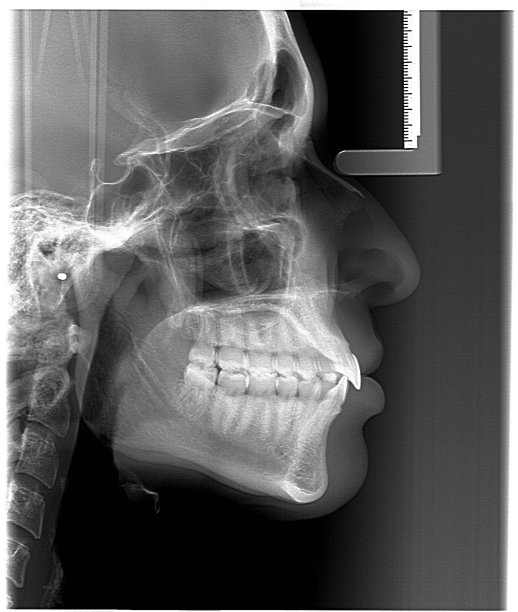Essential Guidelines and Precautions for a Successful Root Canal Treatment Experience for Patients and Dentists
Summary: This article delves into essential guidelines and precautions for both patients and dentists to ensure a successful root canal treatment experience. Root canal therapy is crucial in saving infected or damaged teeth, yet it often comes with a certain level of anxiety and misunderstanding. By outlining key strategies, preparation techniques, and post-treatment care, this piece aims to provide valuable insights for enhancing the overall experience and outcomes for everyone involved. Understanding both the procedural and emotional facets of root canal treatment can lead to improved trust, comfort, and results during this vital dental procedure.
1. Understanding Root Canal Treatment Procedures

Before undergoing a root canal, it is essential for both patients and dentists to have a thorough understanding of the procedure. Patients should feel empowered to ask their dentists detailed questions about what the treatment entails, which will mitigate anxiety and build trust. Knowledge is power, and a well-informed patient is more likely to have a positive experience.
From the dentists side, practitioners should be prepared to communicate clearly and effectively. Providing a step-by-step breakdown of the treatment process—from diagnosis and planning to the actual procedure—ensures the patient knows what to expect. This also includes discussing the use of anesthesia and any potential discomfort during and after treatment.
Moreover, dentists should assess each patient’s unique situation, differentiating treatment plans based on individual anatomy and extent of infection. This personalized approach not only enhances treatment efficiency but also significantly contributes to patient satisfaction.
2. Preparing Patients for Root Canal Treatment
Preparation is a vital aspect of ensuring a successful root canal treatment. This involves not just the physical aspects, such as taking necessary X-rays and performing a clinical evaluation, but also addressing the emotional readiness of the patient. Reassuring them about the procedure can help alleviate fears.
Dentists can assist patients in preparing mentally by discussing possible scenarios. Establishing a calm atmosphere in the dental office, along with clear communication about what the patient might experience, can foster a supportive environment. Patients may feel more at ease knowing they have recourse for questions or concerns during the appointment.
Encouraging patients to relax both physically and mentally ahead of the appointment can yield positive results. Techniques such as deep breathing exercises or listening to calming music can significantly improve their experience. When patients feel comfortable and prepared, the procedure becomes more manageable for both them and their dentist.
3. Managing Pain and Discomfort During Treatment
Pain management is often a primary concern for patients when considering root canal therapy. Dentists need to be proactive in discussing anesthesia options prior to treatment to minimize discomfort. Local anesthesia is commonly used, but the dentist should be attentive to the patient’s needs, adjusting the level of sedation as necessary.
It is also essential for dentists to maintain a continuous line of communication with their patients during the procedure. Patients should be encouraged to inform the dentist immediately if they experience any form of discomfort. This not only ensures their comfort but also aides in achieving optimal outcomes.
Furthermore, considering the development of advanced techniques such as the use of rotary endodontics or digital imaging can significantly enhance the experience. By employing these technologies, dentists can conduct more efficient treatments that are less invasive, thereby minimizing pain and promoting a smooth recovery.
4. Aftercare and Follow-Up for Optimal Recovery
Post-treatment care is crucial for ensuring a successful outcome after a root canal. Patients should receive comprehensive advice on how to manage discomfort at home. Over-the-counter pain medications, dietary recommendations, and oral hygiene tips should all be part of the follow-up instructions.
Dentists play a significant role by scheduling follow-up appointments to monitor healing. During these visits, they can evaluate the tooths response and ensure that no complications arise post-operation. Investing time in these check-ups reinforces the relationship between patient and dentist, promoting a feel of safety and continued care.
Moreover, educating patients on signs that may indicate complications, such as persistent pain, swelling, or fever, empowers them to seek immediate help if necessary. This proactive approach not only enhances recovery but reinforces the patient’s understanding of responsibility regarding their oral health.
Summary:
The successful experience of a root canal treatment is significantly influenced by understanding the procedure, proper preparation, effective pain management, and diligent aftercare. Collaboration between patients and dentists can enhance comfort and outcomes, transforming an often-dreaded procedure into a manageable one. Comprehensive communication and patient education are instrumental in fostering a successful dental experience.
This article is compiled by Vickong Dental and the content is for reference only


